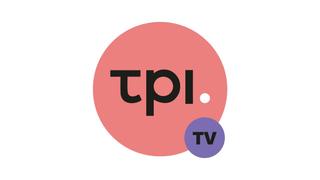Debate about animal testing
Animal testing contributes to advances in medicine and science in general. But in recent years people have increasingly questioned research using laboratory animals. The European Union and the Dutch government want to be a forerunner in the development and use of innovations that do not involve animal testing, but how do we want to achieve that? What are the challenges and opportunities for biomedical sciences? How do we accelerate the transition towards animal-free innovation? And what does this mean for research into better treatments for animals? In this debate Dutch leaders in the field of animal(-free) testing share their thoughts and opinions.
New

TPI.tv videos
InnovationPolicyBeginner
TPI.tv: improving science through animal-free innovations and research
Introducing TPI.tv : a video platform by experts striving to improve science through animal-free innovations and research.

TPI.tv videos
Five simple tricks for making your own video for TPI.tv
This video shows you how to make a video yourself. It's really not that difficult! See also the submission page (https://tpi.tv/submit-a-video) for additional information.

Innovation examples
ToxicologyPolicy
User Research in developing the virtual human platform
Digital tools can support the phasing out of animal-based tests and data in chemical risk assessment. This is one of the core promises of the Virtual Human Platform. The potential contribution of digitalization is linked to the acceptance and adoption of tools, methods, and data by stakeholders in several societal sectors. To facilitate the integration of stakeholders in the configuration of digital tools, Dr. Isaac Ortega Alvarado and colleagues gather insights from risk assessors in their role as users. Risk assessors are the ones who actualize chemical risk assessment and its standards through their practices. With this perspective, this research contributes to understanding the development and implementation of digital tools as embedded in social processes of construction and reception.

Projects and initiatives
HealthInnovationIn vitroOrgan-on-Chip
NXTGEN Hightech Biomed
The Netherlands has strong academic knowledge in areas like Lab-on-Chip, Organ-on-Chip, artificial organs, and cell production technology. However, turning this knowledge into actual products is challenging due to the need for collaboration between different technological and biological specialists. The NXTGEN Hightech program (https://nxtgenhightech.nl/en/biomed/) addresses this by creating a collaborative environment where companies from various fields work together. This approach aims to transform academic insights into innovative products, benefiting both the industry and society.